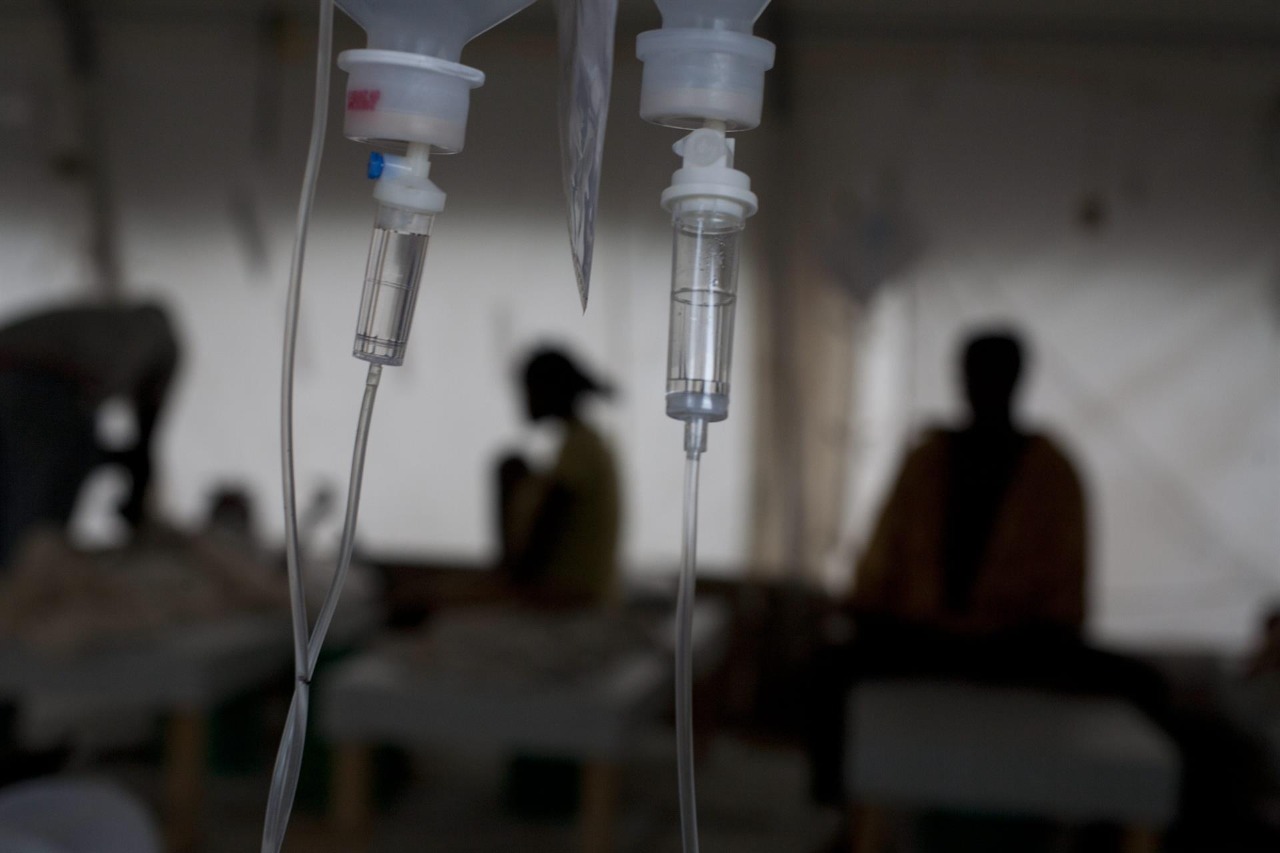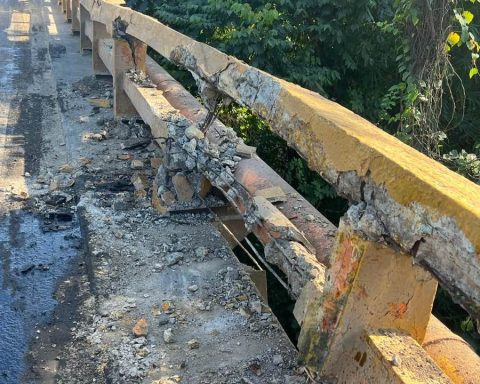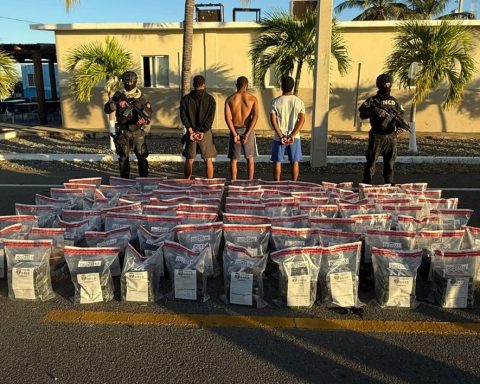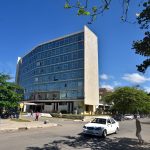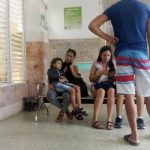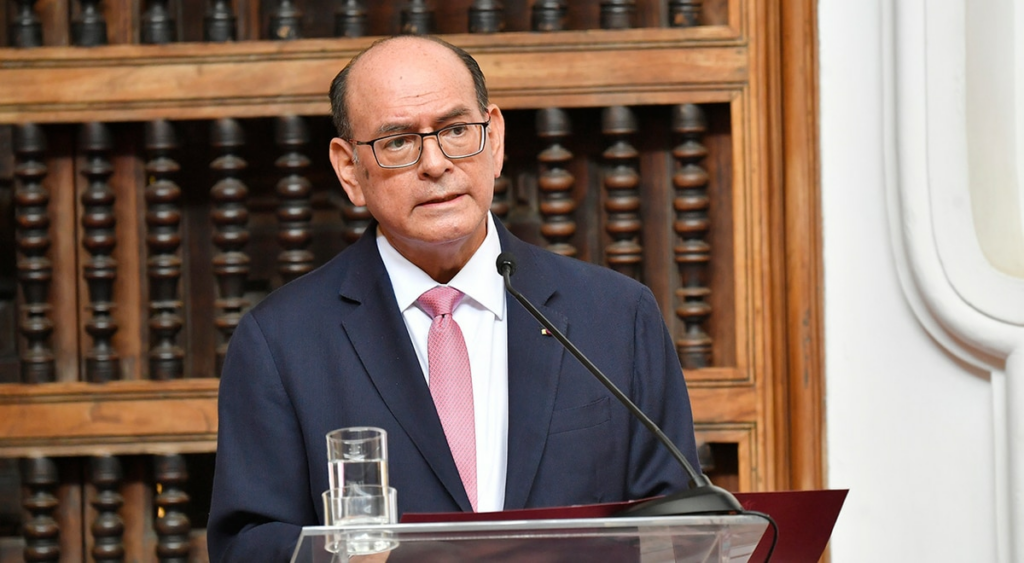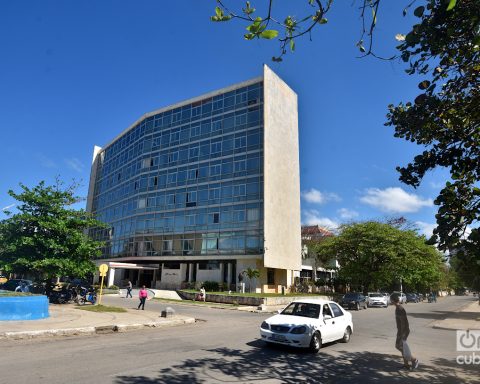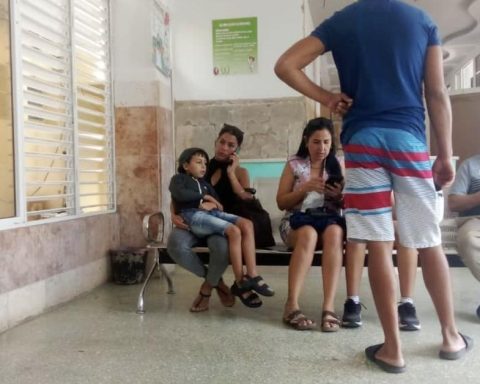Prince Port. At least 202 people have died in Haiti as a result of the anger (140 in health centers and 62 at home), which represents an increase of 15% compared to the data from a week ago, according to a report from the Ministry of Health released today.
With a total positivity rate of 38.92%, the suspected cases rise to 11,648 (22% more), the confirmed to 949 (an increase of 15%) and the number of hospitalized to 9,886 (with a mean age of 20 ,5 years), details the text.
Of the suspected cases, 58.9% correspond to men and the remaining 41.1% to women.
By age groups, the most affected group is 1 to 4 years old, with more than 2,250 suspected cases and 170 confirmed ones.
PORT-AU-PRINCE LEADS CASES
In the midst of an unprecedented humanitarian crisis in Haiti, the West department continues to record the highest number of infections, with more than 90% of suspected cases and more than 825 confirmed.
Specifically, the municipalities of Cité-Soleil and Port-au-Prince represent 62% of the suspected cases reported in the West department.
Port-au-Prince records almost 4,000 suspected cases and 248 confirmed ones, without taking into account the 368 suspected infections and 14 confirmed deaths in the Port-au-Prince prison.
To date, six departments have reported cases (Artibonite, Center, Grand-Anse, South, Southeast and West).
In a statement, Doctors Without Borders (MSF) called for urgent efforts to be intensified to combat the cholera outbreak, given the “worrying increase in cases.”
“We must mobilize more organizations and donors and make essential tools such as vaccination available to medical teams,” he added.
According to this NGO, the reappearance of cholera on September 29 after three years without cases of the disease is a symptom of a “catastrophic” humanitarian and health situation in the country, where Port-au-Prince is surrounded and suffocated and with the main highways that connect it with the rest of the country under the control of armed groups.
“Our current centers are saturated and soon we will be at full capacity,” warned the head of mission Mumuza Muhindo.
CHILDREN, THE MOST AFFECTED
For his part, he United Nations Children’s Fund (Unicef) stressed this Wednesday that around half of the cholera cases detected in Haiti (two out of five) correspond to children, many of whom are especially fragile due to their weakened immune system due to the lack of food caused by poverty.
He explained that approximately 40% of the growing number of confirmed cases corresponds to minors.
“I was shocked to see many children in danger of death in cholera treatment centers. Within a few hours, acute watery diarrhea and vomiting dehydrate and weaken them to the point that they risk dying if they do not receive adequate treatment in time,” Manuel Fontaine, director of the Office of Emergency Programs, said after visiting Haiti. of UNICEF.
Fontaine warned that in Haiti “the lives of children are at triple risk, malnutrition, cholera and armed violence, and sometimes all three together.”
Although “cholera and malnutrition are a deadly combination, one leads to the other”, he considered that this vicious circle can be broken: “a simple, affordable and effective treatment can save the lives of Haitian children, as long as we reach the families most vulnerable before it is too late.
However, humanitarian teams are facing great difficulties because the poor urban areas most affected by cholera are under the control of heavily armed gangs.
